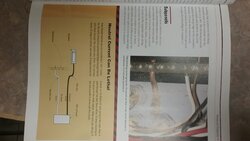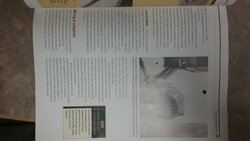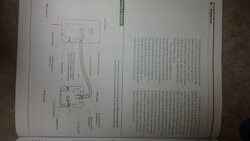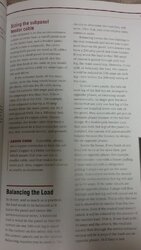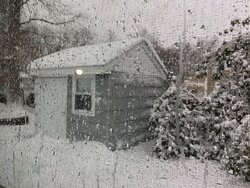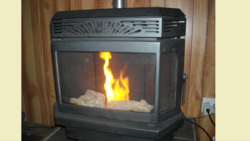I am purchasing an 8x20ft shipping container ("conex") which I will be using as a toolshed and small workshop. I want to have some electrical service out there, for a compressor, fluorescent lighting, and some outlets for power tools etc; no HVAC or anything like that. I've gleaned quite a bit good information from this thread:
https://www.hearth.com/talk/threads...se-10-3-uf-b-or-10-2-uf-b-and-is.76717/page-6
I'm a EE and have done plenty of wiring within the house, but want to make sure I've got the nuances of a sub-panel in a detached building correct, ask if the fact the building is all-metal suggests special considerations, and solicit comments on my whole plan:
I'll run 10/3 (plus ground) UF direct-burial cable from the main panel (in my house) to the sub-panel in the container, protected by a double-pole 30 amp breaker in the main panel. We're talking maybe 75ft total wire run, so voltage drop will be a few volts max (10ga is about 1 ohm per 1000ft). Trench depth 2ft, with plastic conduit where the UF comes up out of the ground.
I will configure the sub-panel to keep ground and neutral separate (with "insulated ground bar" or "neutral bar" kit, assuming there's no subpanel boxes with separate neutral and ground bars). No main breaker in the sub-panel. I'll have four single-pole/120vac branch circuits (probably two 20amp and two 15amp, since it's ok for the breakers in a panel to add up to more than the main breaker), wired with 12 and 14 gauge NM respectively.
I'll install an 8ft ground rod at the sub-panel, and bond the shipping container to it too. How exactly should I interconnect the ground rod to the container shell and to the ground wiring (the ground bar in the subpanel, which in turn is connected to the ground wire in the UF cable and to the ground wires in all the branch circuit Romex) ?
I'll probably drop 3/4" PEX in the trench too. No immediate needs for plumbing out there, but a faucet might be nice some day, and it's maybe $50 of materials.
Thanks for reading !
https://www.hearth.com/talk/threads...se-10-3-uf-b-or-10-2-uf-b-and-is.76717/page-6
I'm a EE and have done plenty of wiring within the house, but want to make sure I've got the nuances of a sub-panel in a detached building correct, ask if the fact the building is all-metal suggests special considerations, and solicit comments on my whole plan:
I'll run 10/3 (plus ground) UF direct-burial cable from the main panel (in my house) to the sub-panel in the container, protected by a double-pole 30 amp breaker in the main panel. We're talking maybe 75ft total wire run, so voltage drop will be a few volts max (10ga is about 1 ohm per 1000ft). Trench depth 2ft, with plastic conduit where the UF comes up out of the ground.
I will configure the sub-panel to keep ground and neutral separate (with "insulated ground bar" or "neutral bar" kit, assuming there's no subpanel boxes with separate neutral and ground bars). No main breaker in the sub-panel. I'll have four single-pole/120vac branch circuits (probably two 20amp and two 15amp, since it's ok for the breakers in a panel to add up to more than the main breaker), wired with 12 and 14 gauge NM respectively.
I'll install an 8ft ground rod at the sub-panel, and bond the shipping container to it too. How exactly should I interconnect the ground rod to the container shell and to the ground wiring (the ground bar in the subpanel, which in turn is connected to the ground wire in the UF cable and to the ground wires in all the branch circuit Romex) ?
I'll probably drop 3/4" PEX in the trench too. No immediate needs for plumbing out there, but a faucet might be nice some day, and it's maybe $50 of materials.
Thanks for reading !
Last edited:


